3-Nitrochlorobenzene

3-Nitrochlorobenzene structure
|
Common Name | 3-Nitrochlorobenzene | ||
|---|---|---|---|---|
| CAS Number | 121-73-3 | Molecular Weight | 157.555 | |
| Density | 1.4±0.1 g/cm3 | Boiling Point | 236.0±0.0 °C at 760 mmHg | |
| Molecular Formula | C6H4ClNO2 | Melting Point | 43-47 °C(lit.) | |
| MSDS | Chinese USA | Flash Point | 103.3±0.0 °C | |
| Symbol |


GHS07, GHS09 |
Signal Word | Warning | |
| Name | 1-Chloro-3-nitrobenzene |
|---|---|
| Synonym | More Synonyms |
| Density | 1.4±0.1 g/cm3 |
|---|---|
| Boiling Point | 236.0±0.0 °C at 760 mmHg |
| Melting Point | 43-47 °C(lit.) |
| Molecular Formula | C6H4ClNO2 |
| Molecular Weight | 157.555 |
| Flash Point | 103.3±0.0 °C |
| Exact Mass | 156.993057 |
| PSA | 45.82000 |
| LogP | 2.64 |
| Vapour Pressure | 0.1±0.4 mmHg at 25°C |
| Index of Refraction | 1.580 |
| Stability | Stable. Incompatible with strong oxidizing agents, strong acids, strong reducing agents. |
| Water Solubility | INSOLUBLE |
CHEMICAL IDENTIFICATION
HEALTH HAZARD DATAACUTE TOXICITY DATA
|
| Symbol |


GHS07, GHS09 |
|---|---|
| Signal Word | Warning |
| Hazard Statements | H302-H400 |
| Precautionary Statements | P273 |
| Personal Protective Equipment | dust mask type N95 (US);Eyeshields;Faceshields;Gloves |
| Hazard Codes | T:Toxic; |
| Risk Phrases | R23/24/25 |
| Safety Phrases | S22-S24/25-S60-S61-S45-S38-S36/37/39-S28A |
| RIDADR | UN 1578 6.1/PG 2 |
| WGK Germany | 2 |
| RTECS | CZ0940000 |
| Packaging Group | II |
| Hazard Class | 6.1 |
| HS Code | 29049085 |
| Precursor 8 | |
|---|---|
| DownStream 10 | |
| HS Code | 2904901200 |
|---|---|
| Summary | 2904901200 1-chloro-3-nitrobenzene。Supervision conditions:None。VAT:17.0%。Tax rebate rate:9.0% |
|
Preparation of symmetric and asymmetric aromatic azo compounds from aromatic amines or nitro compounds using supported gold catalysts.
Nat. Protoc. 5(3) , 429-38, (2010) This protocol describes the aerobic oxidation of aromatic anilines to aromatic azo compounds using gold (Au) nanoparticles supported on TiO(2) as a catalyst. Yields above 98% are achieved under a few ... |
|
|
2-Chloronitrobenzene, 3-chloronitrobenzene and 4-chloronitrobenzene.
IARC Monogr. Eval. Carcinog. Risks Hum. 65 , 263-96, (1996)
|
|
|
[Hygienic study of the stability of methylnitrophos and pentachloronitrobenzene used in agriculture].
Gig. Sanit. (2) , 74-5, (1983)
|
| 1-Chloro-3-nitrobenzene |
| 1-Nitro-3-chlorobenzene |
| 1-Chloro-3-nitro-benzene |
| 3-Chloro-1-nitrobenzene |
| Benzene, 1-chloro-3-nitro- |
| m-nitrochlorobenzene |
| 3-Chloronitrobenzene |
| 3-nitrophenyl chloride |
| 3-Nitrochlorobenzene |
| m-chloronitrobenzene |
| EINECS 204-496-1 |
| MFCD00007202 |
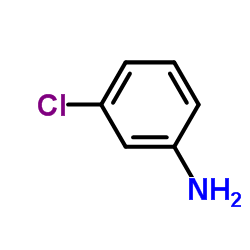 CAS#:108-42-9
CAS#:108-42-9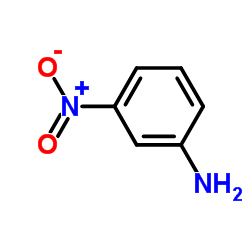 CAS#:99-09-2
CAS#:99-09-2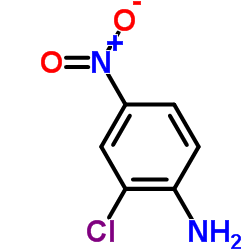 CAS#:121-87-9
CAS#:121-87-9 CAS#:98-95-3
CAS#:98-95-3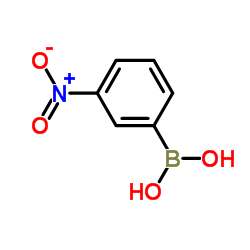 CAS#:13331-27-6
CAS#:13331-27-6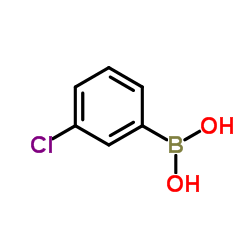 CAS#:63503-60-6
CAS#:63503-60-6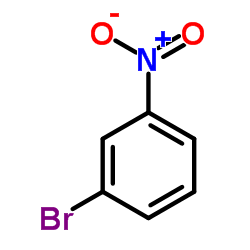 CAS#:585-79-5
CAS#:585-79-5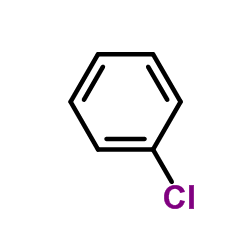 CAS#:108-90-7
CAS#:108-90-7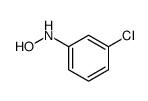 CAS#:10468-17-4
CAS#:10468-17-4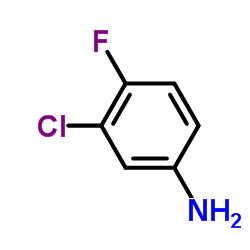 CAS#:367-21-5
CAS#:367-21-5 CAS#:588-07-8
CAS#:588-07-8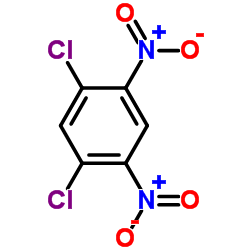 CAS#:3698-83-7
CAS#:3698-83-7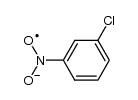 CAS#:34467-54-4
CAS#:34467-54-4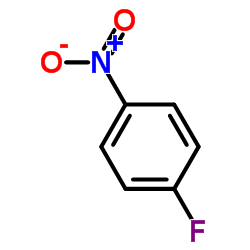 CAS#:350-46-9
CAS#:350-46-9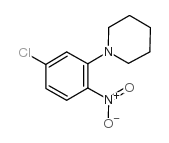 CAS#:53013-43-7
CAS#:53013-43-7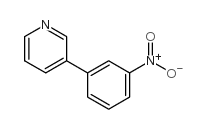 CAS#:4282-50-2
CAS#:4282-50-2 CAS#:99-54-7
CAS#:99-54-7
